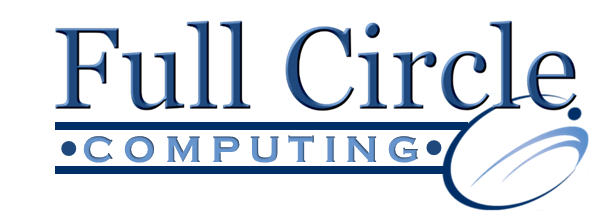Using the Report Wizard to Group and Summarize Data
The Report Wizard provides options for grouping and summarizing report data. You can organize your report by selecting the fields into which you want to group data. If you create more than one group, you can prioritize the groups into levels.In addition to grouping data by a field, you can add grouping intervals. Grouping intervals vary, depending upon the selected field. For instance, a date field can be grouped by month, quarter, year, etc.; a numeric field can be grouped by numeric intervals of 10s, 50s, 100s, etc.; and a text field can be grouped by its first letter, second letter, etc.If you have included a field with numeric data in your report, you can add summary calculations. Summary calculations include Sum, Avg (average), Min (minimum), and Max (maximum). If you select the Sum calculation, you can include a calculated percentage of the total for each group. You can also display just the summary calculations in the report or both the field data (details) and the summary calculations.
- Select the New button on the Database window toolbar.
- Click Report Wizard, and click OK.
- From the Tables/Queries list, select the table or query on which you want to base your report.
- Add the fields you want to include in the report to the Selected Fields list box, and then click Next.
- Select the direction you want your data to focus on from the How do you want to view your data? list box, and then click Next.
- Select the desired grouping level from the Do you want to add any grouping levels? list box.
- Click Grouping Options… and select the desired interval from the Grouping intervals list, and then click OK.
- Click Next >.
- If you have included a Number data type field, click Summary Options to select the desired summary options. For example you might turn on the checkbox for Sum, and then click OK.
- When you have finished selecting options from the Report Wizard, click Finish.
Learn more about Access at Full Circle Computing!
